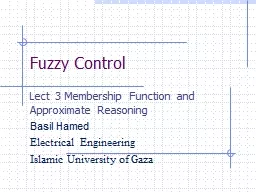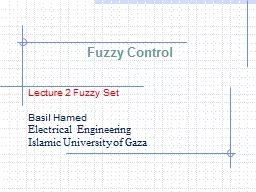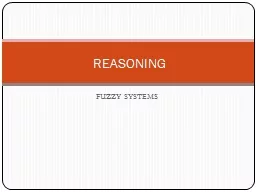PPT-Fuzzy Control Lect 3 Membership Function and Approximate Reasoning
Author : alexa-scheidler | Published Date : 2018-09-22
Basil Hamed Electrical Engineering Islamic University of Gaza Content Membership Function Features of Membership Function Fuzzy Membership Functions Types
Presentation Embed Code
Download Presentation
Download Presentation The PPT/PDF document "Fuzzy Control Lect 3 Membership Functio..." is the property of its rightful owner. Permission is granted to download and print the materials on this website for personal, non-commercial use only, and to display it on your personal computer provided you do not modify the materials and that you retain all copyright notices contained in the materials. By downloading content from our website, you accept the terms of this agreement.
Fuzzy Control Lect 3 Membership Function and Approximate Reasoning: Transcript
Download Rules Of Document
"Fuzzy Control Lect 3 Membership Function and Approximate Reasoning"The content belongs to its owner. You may download and print it for personal use, without modification, and keep all copyright notices. By downloading, you agree to these terms.
Related Documents














